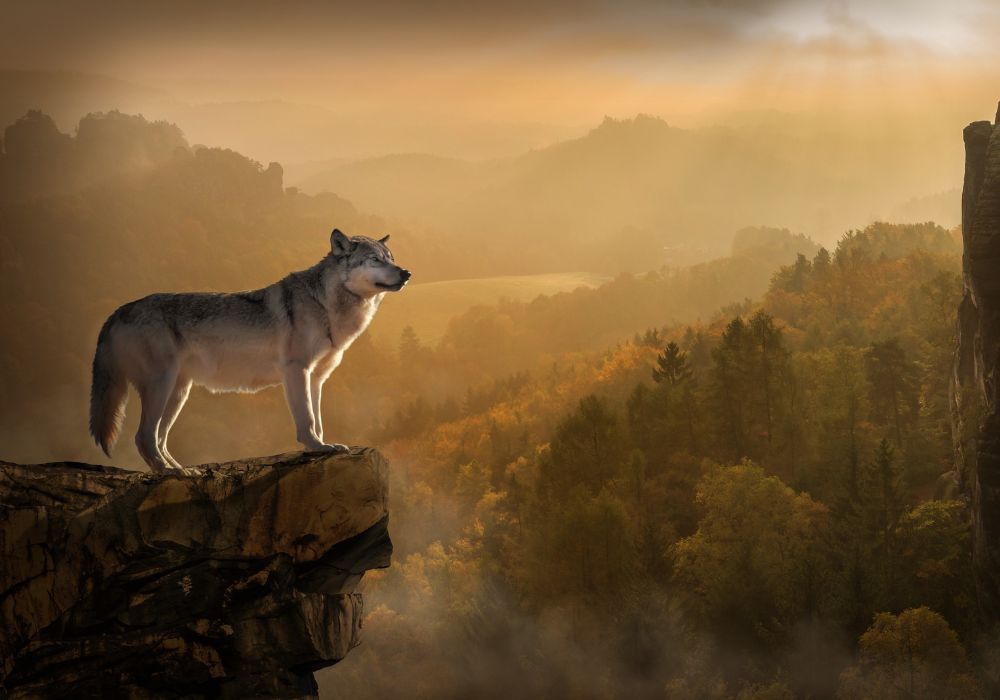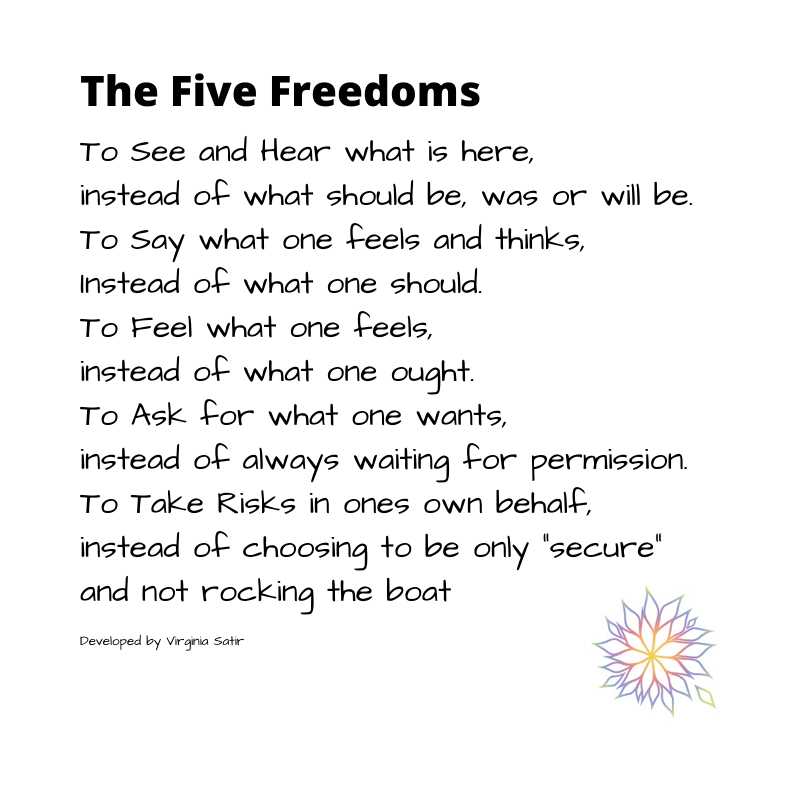
Summary of chapter ‘The Time of the Lone Wolf is Over’ by Dr. Rick Miners in Therapists Are Human Too: The Healing Journey of Reciprocity
My chapter revolves around the transformation that emerged in me due to facilitating group therapy and participating in ceremonies with Indigenous Elders, chiefs and individuals healing from intergenerational trauma. It is a reflection of my journey of discovery, which took me beyond identifications and survival patterns into my core essence. Despite my upbringing in a Western culture and my European ancestry, I sensed a deepening connection to Indigenous wisdom and practices. It began with disbelief and ambivalence yet gradually shifted toward acceptance.
Through a series of unanticipated encounters, I experienced a sense of being perceived in a way I hadn’t previously imagined possible. One such encounter happened with Dyani (fictional name), an Indigenous participant in a ceremony who later shared that she had seen me as, “a beautiful Indian (First Nations) man.” This moment of profound connection somehow met a profound yearning for validation. It affirmed a previously inchoate possibility – that something fundamental within me transcended the circumscribed “me” I had long identified with. The encounter led me to further appreciate Indigenous ways of being and relating to the world. Little did I know it then, but North American Indigenous practices were becoming a surrogate spirituality, a placeholder, as I began uncovering my own Indigenous European (Celtic) roots.
At the heart of the chapter, I describe the therapeutic process during group retreats, which integrated Indigenous wisdom and Western therapeutic modalities, including the Satir Transformational Systemic Therapy (STST). While supporting healing from intergenerational traumas using this integrated approach, what stood out most for me was the community-mindedness of Indigenous participants. Some voiced that they are “in this together” and that, when one person heals, hope and possibility ripple into their community.
On a more personal note, I share my deep admiration for Indigenous wisdom and gratitude for guidance provided by Indigenous Elders. Despite initial trepidations about cultural appropriation, I was ultimately relieved that I was embraced by Indigenous leaders and granted permission to respectfully engage in some of their traditions. From singing sacred songs to participating in ceremonies, each encounter contributes to an ongoing unanticipated transformation, one that leaves me feeling honoured, humbled and grateful, and meets my yearning for belonging.
The encounters also lead me to confront beliefs, ones that are culturally-informed or relate to my ancestral lineage. Guided by the teachings of Elders who emphasize the interconnectedness of all peoples and the importance of honoring one’s ancestral roots, I grappled with questions of possible past lives and Indigenous heritage. Throughout my journey, I experienced moments of profound connection with what I can only describe as an ancient and benevolent Indigenous presence; astoundingly, others were acknowledging this presence too. These moments challenged my understanding of reality and opened me to deeper spiritual exploration: Who am I, truly? Alongside the transformation resulting from these encounters, I was gaining insight into settler colonialism and the intergenerational trauma inflicted in its name on Indigenous peoples the world over. Moreover, I was struck by the unique importance of community, reverence for nature, and interconnectedness in Indigenous ways for collectively healing wounds and forging a better path toward reconciliation.
Inspired by these encounters and a deeply reflective state, a dream-like vision came to me of a future where the healing traditions of diverse cultures converge to promote holistic wellbeing. Within the vision, it was absolutely clear that respect, collaboration, and embracing diversity were essential to healing our deepest wounds and injustices and to creating a more harmonious world.



